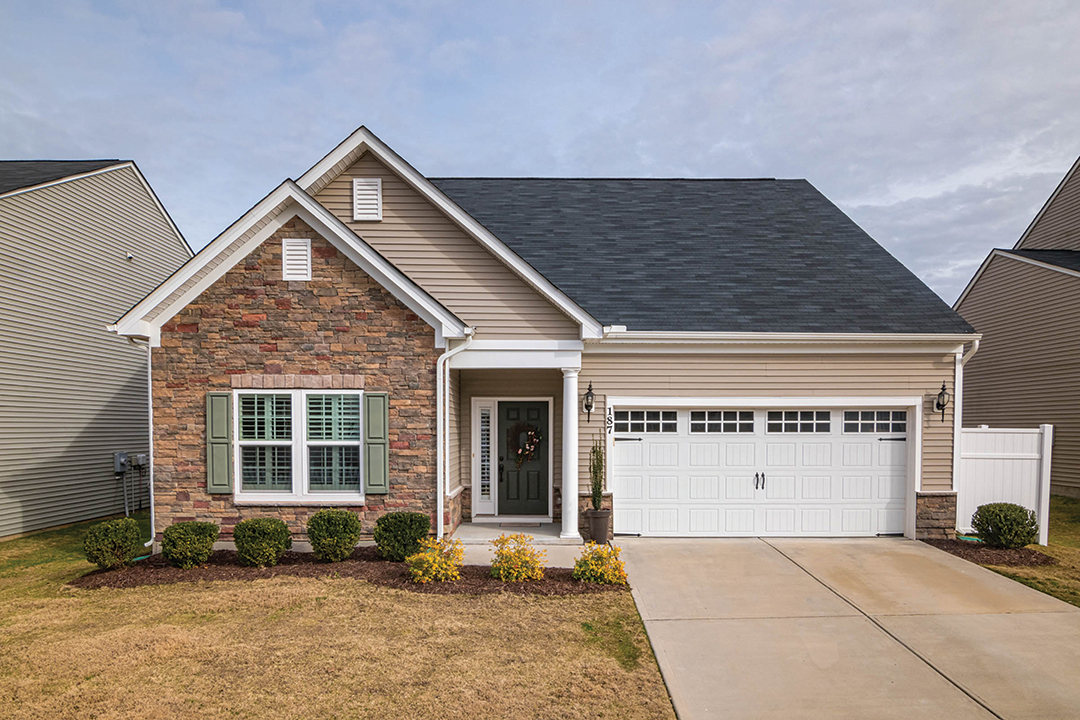Will The 2020s Be The Decade of Single-Family Rental?

The sector appears well-positioned to become an even more important option in the coming decade.
As we enter a new decade, housing observers across the country are making predictions for what the next 10 years will bring.
With structural factors like the shortage of affordable housing and high rental demand continuing to shape markets large and small, one sector that is poised to continue its momentum in the 2020s is single-family rental (SFR). Contrary to some misconceptions, SFR has been an ever-present part of the American housing economy, historically dominated by small investors who kept just a few additional properties as investments.
In recent years, however, the single-family rental home industry has evolved into a credible, service-oriented real estate asset class. Investments made by industry companies have supported and energized communities across the country. Most important, SFR companies are committed to the individuals and families who depend on the industry for a home to call their own.
No single factor is responsible for the industry’s recent growth. Rather, SFR represents the marriage of the right idea at the right time. Enabled by innovative new technology and the vision of the entrepreneurs who bet there was significant unmet demand for high-quality, professionally managed single-family rental homes, SFR has grown from a fledgling fraction of the housing market to an industry on the move. And with demand showing no signs of slowing, the sector is well-positioned to become an even more important option in housing markets across the country in the decade to come.
A Renting Revolution
While the misguided assumption persists that renters rent only because they can’t afford to be homeowners, more Americans today are renting for a variety of reasons.
Among them are demographic shifts such as an aging population and young adults delaying major life decisions (e.g., marriage and having children). Some can’t easily get a mortgage. Others, particularly many baby boomers and millennials, enjoy the flexibility of not owning a home. That’s a major reason why the homeownership rate today is 64.1%, down from 69% in 2004. And, one in five Americans now say they don’t plan to buy a home in their lifetime. Many Americans are discovering that renting is an option that just makes sense.
SFR’s rise did not happen in a vacuum. From streaming music services like Spotify to fashion offerings like Rent the Runway, American consumers are increasingly demanding the leasing lifestyle across economic sectors. As the millennial generation that prefers flexibility over stability ages and begins forming families, single-family rental has met a crucial need in the market. It offers more space and amenities than many apartments and at a more affordable price point than homeownership.
A Tech-First Industry
SFR has also benefited from new technology that has created efficiencies in professional property and portfolio management. This shift occurred in the multifamily rental industry decades before its introduction in the SFR industry for a simple reason. In an apartment building, a single property manager or staff person can manage an individual building with hundreds of units, or even a few buildings in the same neighborhood. It’s nearly impossible to do the same for a collection of homes spread out across an entire metropolitan area.
But, SFR owner-operators have rebuilt systems from top to bottom, establishing what is essentially a mobile maintenance shop that can deploy a fleet of vans across an entire market using a digital inventory management system and route optimization software. From the moment a maintenance request comes in, it is slotted seamlessly into this network so it can be addressed quickly and efficiently.
On the acquisitions side, SFR investors now have a treasure trove of data at their fingertips when evaluating a home for purchase. Rather than poring through public records or having to decide based on their gut instinct, today’s investor can look at a home listing and, with the click of a button, determine whether it will be a financially viable rental property. And once they make the decision to buy, SFR owner-operators can make an offer within hours of a home hitting the multiple listing service.
Modernizing the Renter Experience
Gone are the days of needing to put a check in the mail or tracking down a landlord living an hour and a half away to fix a broken pipe. From basics like paying rent and submitting maintenance requests online to futuristic perks like keyless entry and smart-home connectivity, SFR owner-operators are redefining what it means to be a renter.
In doing so, they are making renting a more appealing option, one that more and more consumers are choosing over homeownership. Even if they eventually hope to own, SFR represents an important new housing option for Americans. And renting can help put working families on the path to homeownership until they are ready to make the choice to buy.
The 2020s and Beyond
Even though the SFR industry has seen significant evolution over the past few years, the sector still has plenty of room to innovate. Today, only 2% of all single-family rental homes are owned by professional SFR companies. With rental demand continuing to rise and four in five renters saying that renting is more affordable than owning, the industry is well-positioned to continue to thrive.
With the housing market fully recovered and affordable housing stock in short supply, build-to-rent is one major trend to watch for in the coming decade, as many SFR operators have begun to build new units or partnered with homebuilders to do so. Thus, they can expand their portfolios and bring new housing units to the market, helping to alleviate shortages facing communities around the country.
Don’t be surprised if, come 2030, the housing industry is looking back at the decade of single-family rental. n















